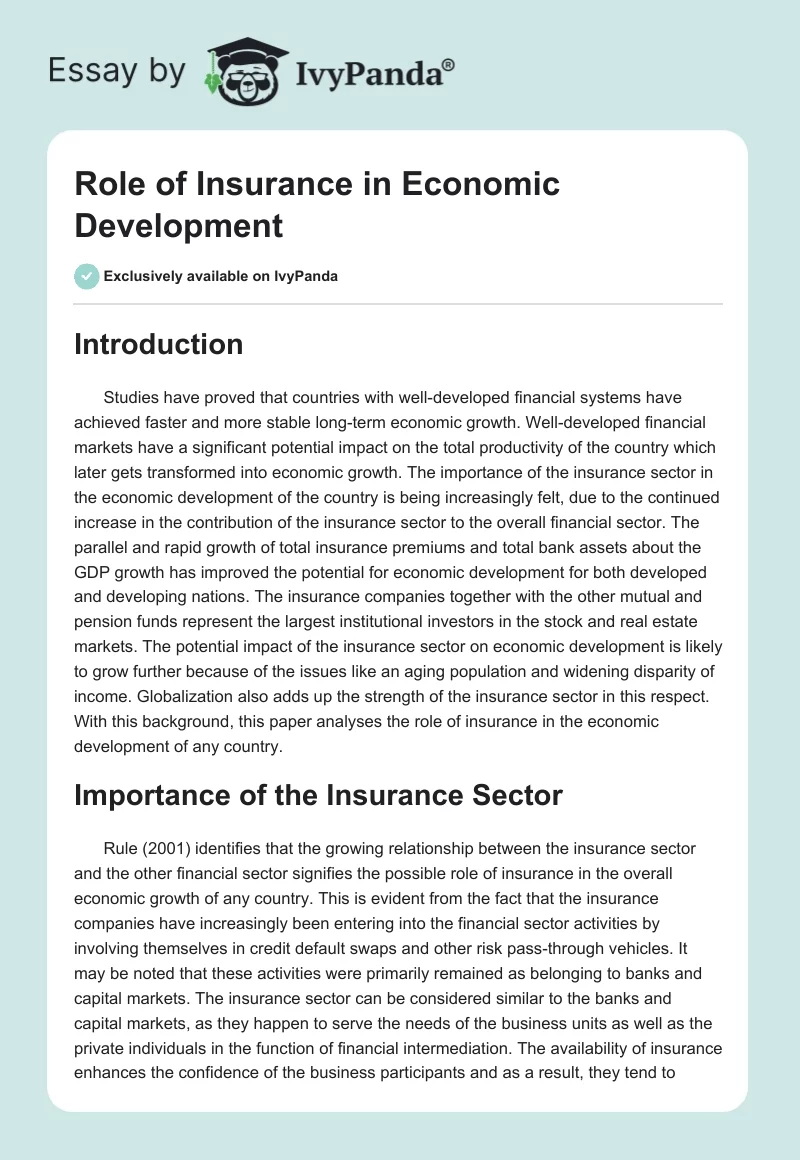9 Easy Facts About Pacific Prime Explained
9 Easy Facts About Pacific Prime Explained
Blog Article
6 Easy Facts About Pacific Prime Explained
Table of Contents10 Easy Facts About Pacific Prime DescribedGetting The Pacific Prime To Work8 Easy Facts About Pacific Prime Shown8 Easy Facts About Pacific Prime ExplainedA Biased View of Pacific Prime

This is due to the fact that the data were accumulated for a period of strong economic performance. Of the approximated 42 million individuals that were uninsured, just about concerning 420,000 (concerning 1 percent) were under 65 years of age, the age at which most Americans end up being qualified for Medicare; 32 million were grownups between ages 18 and 65, about 19 percent of all adults in this age team; and 10 million were kids under 18 years old, about 13.9 percent of all youngsters (Mills, 2000).
These quotes of the number of persons uninsured are created from the annual March Supplement to the Current Populace Survey (CPS), performed by the Census Bureau. Unless otherwise noted, national quotes of individuals without health and wellness insurance policy and percentages of the populace with different kinds of protection are based upon the CPS, the most extensively made use of source of estimates of insurance protection and uninsurance rates.
Pacific Prime Fundamentals Explained

Still, the CPS is especially useful due to the fact that it generates annual estimates reasonably swiftly, reporting the previous year's insurance coverage approximates each September, and since it is the basis for a consistent collection of price quotes for greater than 20 years, enabling analysis of trends in coverage with time. For these factors, as well as the extensive use the CPS in other studies of insurance policy coverage that are offered in this report, we rely upon CPS quotes, with limitations kept in mind.

The quote of the number of without insurance people broadens when a population's insurance policy status is tracked for numerous years. Over a three-year duration beginning early in 1993, 72 million individuals, 29 percent of the U.S. check it out https://www.goodreads.com/user/show/177010401-freddy-smith. populace, lacked protection for at least one month. Within a solitary year (1994 ), 53 million people experienced at the very least a month without protection (Bennefield, 1998a)
Six out of every 10 uninsured grownups are themselves employed. Although functioning does enhance the likelihood that and one's relative will have insurance, it is not a warranty. Also members of family members with two full time breadwinner have virtually a one-in-ten chance of being without insurance (9.1 percent uninsured price) (Hoffman and Pohl, 2000).
How Pacific Prime can Save You Time, Stress, and Money.
New immigrants make up a considerable percentage of individuals without medical insurance. One analysis has associated a significant part of the current development in the dimension of the united state uninsured population to immigrants who showed up in the nation in between 1994 and 1998 (Camarota and Edwards, 2000). Current immigrants (those that came to the United States within the past four years) do have a high rate of being uninsured (46 percent), but they and their kids represent just 6 percent of those without insurance coverage across the country (Holahan et al., 2001).
The partnership in between medical insurance and accessibility to care is well developed, as recorded later on in this phase. Although the partnership in between wellness insurance policy and wellness end results is neither straight neither basic, an extensive clinical and health services research literary works web links medical insurance protection to better accessibility to care, much better high quality, and improved personal and populace wellness condition.
Degrees of analysis for examining the impacts of uninsurance. This discussion of wellness insurance protection focuses primarily on the united state population under age 65 due to the fact that practically all Americans 65 and older have Medicare or various other public protection. Furthermore, it concentrates specifically on those with no health and wellness insurance for any type of size of time.
The 3-Minute Rule for Pacific Prime
The issues dealt with by the underinsured remain in some aspects comparable to those encountered by the without insurance, although they are generally much less serious. global health insurance. Uninsurance and underinsurance, nevertheless, include clearly various plan problems, and the approaches for addressing them may differ. Throughout this research and the 5 reports to follow, the major emphasis is on persons without wellness insurance coverage and therefore no assistance in spending for healthcare beyond what is readily available via charity and security net institutions
Medical insurance is a powerful factor affecting invoice of treatment since both clients and physicians reply to the out-of-pocket cost of services - http://go.bubbl.us/e0d727/3ee9?/New-Mind-Map. Wellness insurance policy, however, is neither required nor enough to access to medical solutions. However, the independent and straight impact of health insurance protection on access to health solutions is well developed.
Others will certainly acquire the healthcare they require even without wellness insurance coverage, by paying for it expense or seeking it from companies who use treatment complimentary or at highly subsidized rates. For still others, medical insurance alone does not make sure receipt of care due to other nonfinancial barriers, such as an absence of healthcare carriers in their community, restricted accessibility to transportation, illiteracy, or linguistic and social distinctions.
The Only Guide to Pacific Prime
Official study about uninsured populations in the United States dates to the late 1920s and early 1930s when the Committee on the Expense of Medical Care created a series of reports regarding financing doctor office sees and hospital stays. This concern came to be significant as the varieties of clinically indigent climbed up throughout the Great Clinical depression.
Report this page